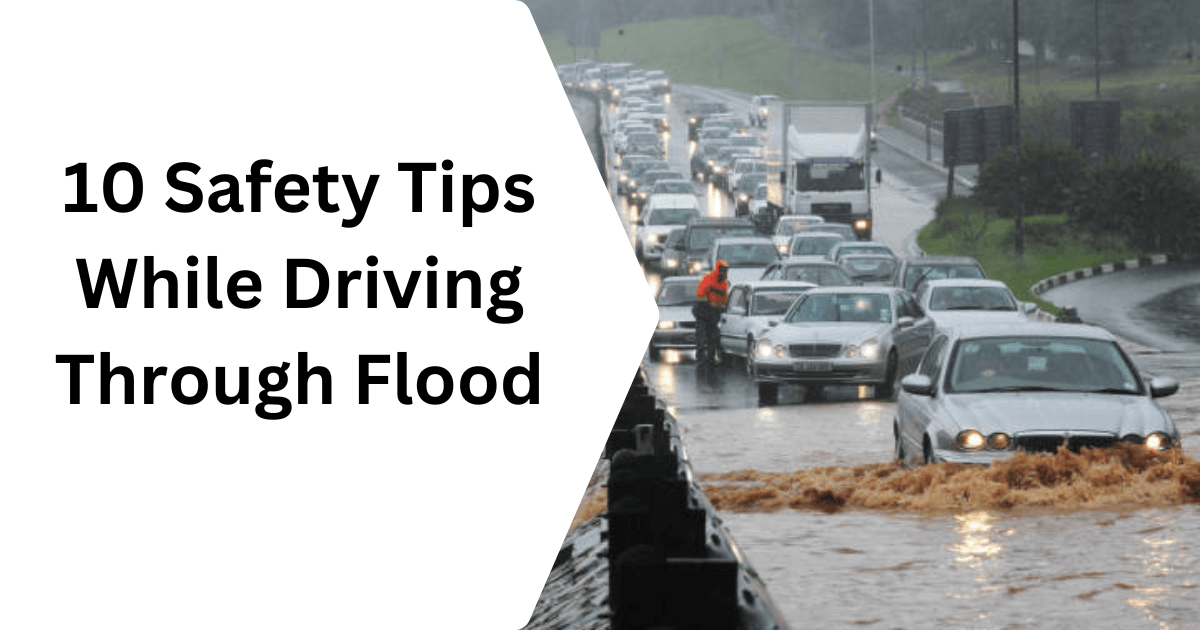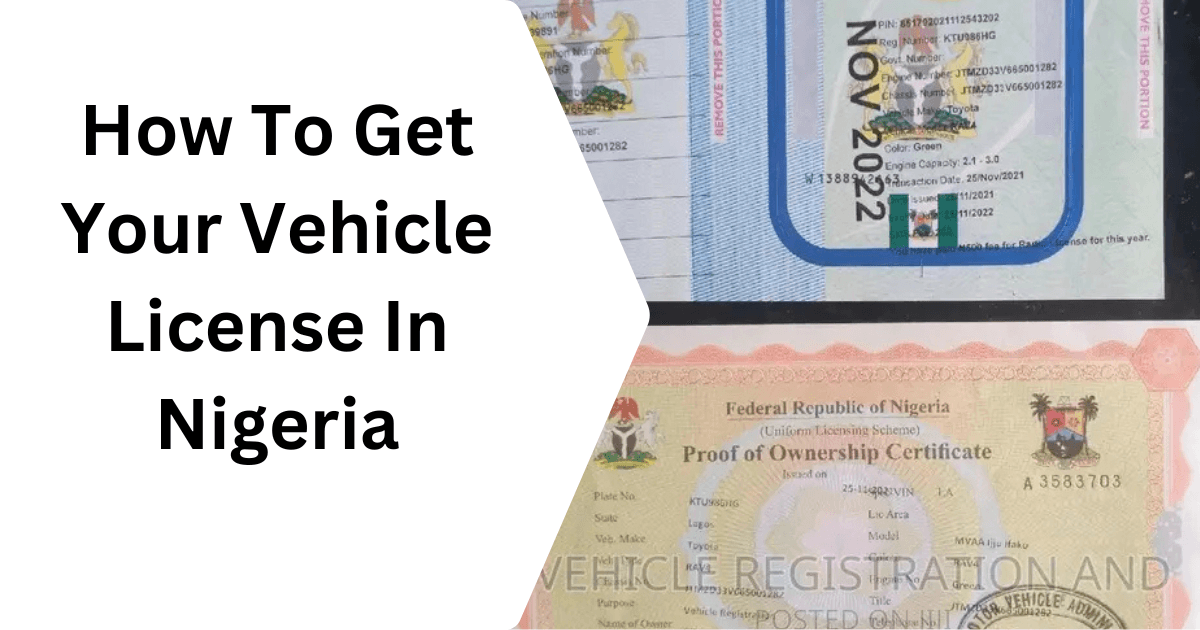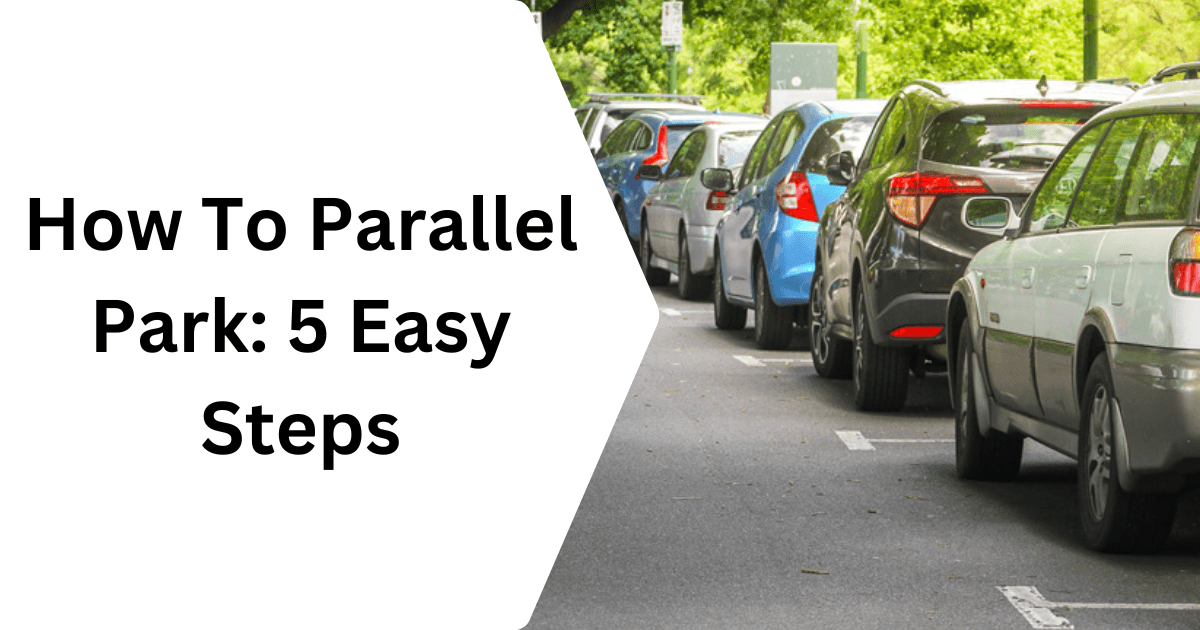Driving through floodwaters can be extremely dangerous, even for experienced drivers. Flooded roads hide many risks, such as debris, or hidden potholes, which can damage your car or put your safety at risk. Being aware of these dangers is the first step in making better decisions when you encounter flood conditions.
Many drivers underestimate how quickly floodwaters can rise or how much damage water can cause to a vehicle. Even six inches of water can stall a car’s engine, and just a foot of moving water can sweep most vehicles off the road. In this article, we’ll share 10 essential safety tips for driving through floodwaters. These practical steps will help you protect yourself, your passengers, and your vehicle while navigating challenging flood conditions.
Avoid Driving Through Floodwaters if Possible
The safest option when you come across a flooded road is to avoid driving through it. Floodwaters can hide dangers such as strong currents, debris, or deep potholes that can damage your car or make it unsafe to continue. If you’re unsure about the depth of the water or the condition of the road underneath, it’s best to find an alternative route.
Driving through floodwaters not only risks damaging your car but also puts your safety at risk. Water can enter the engine or exhaust, stalling the vehicle and leaving you stranded. Whenever possible, turn around and avoid the flood, even if it adds time to your journey. It’s better to be safe than risk harm to yourself or your car.
Assess the Depth of the Water Before Proceeding
Before driving through a flooded road, always try to estimate how deep the water is. If you see other vehicles passing through, use them as a guide to judge the water level. Avoid driving if the water seems higher than halfway up your tires, as this can enter your engine or make your car lose traction. When in doubt, it’s safer to avoid the water altogether.
Floodwaters can be deceptive, as they might look shallow but can quickly get deeper. Be cautious of areas where water is flowing fast or where the road dips, as these can be much deeper than expected.
Drive Slowly and Steadily Through Water
If you must drive through a flooded area, do so at a slow and steady pace. Moving too quickly can create waves that might push water into your engine or splash into your car’s electrical components. A slow speed also helps you maintain control and reduces the chance of losing traction on the wet surface.
Steady driving prevents water from entering the exhaust and helps keep your car stable. Avoid stopping or changing speeds suddenly, as this can cause the car to stall or get stuck.
Keep a Safe Distance from Other Vehicles
When driving through floodwaters, leave extra space between your car and the vehicle ahead. This distance prevents splashes or waves from the other vehicle from reaching your engine or reducing your visibility. It also gives you enough time to react if the car ahead stops or gets stuck.
Maintaining a safe distance helps you navigate the water more safely and avoid collisions in case of sudden movements. In flooded conditions, the risk of accidents is higher because of reduced traction and visibility.
Avoid Braking Suddenly
Sudden braking in flooded conditions can cause your car to lose traction, making it harder to control. Water reduces the grip between your tires and the road, so harsh braking can cause your car to skid or slide. Instead, slow down gradually and keep a steady pace as you navigate through the water.
If you need to stop, ease off the gas pedal and gently apply the brakes to avoid sudden jolts. Smooth braking not only keeps your car stable but also prevents water from splashing up into your engine or other sensitive parts. Staying calm and braking carefully helps you stay safe in floodwaters.
Turn Off Air Conditioning and Avoid Electrical Components
When driving through floodwaters, it’s best to turn off your air conditioning system. The AC system pulls air from outside the car, which could allow water to enter and damage the engine or other parts. Turning it off reduces the risk of water being sucked into sensitive systems.
Avoid using unnecessary electrical components like power windows or the radio, as floodwaters can damage a car’s electrical system. If water gets into the wiring, it can cause short circuits or long-term electrical problems.
Check for Hidden Hazards in the Water
Floodwaters can hide dangerous obstacles like potholes, debris, or open drains, which can damage your car or make driving unsafe. Before driving through, try to observe the road ahead carefully or watch other vehicles passing through. If you notice sudden stops or splashes, it may indicate hidden hazards.
Be cautious of areas where the water appears still but could have unseen dips or sharp objects underneath. Driving slowly and watching for signs of trouble helps you avoid damage to your tires, suspension, or undercarriage.
Test Your Brakes After Exiting the Water
Once you’re out of the flooded area, gently press your brakes a few times to test if they’re working properly. Water can reduce the effectiveness of brakes by making the pads or discs slippery. Pumping the brakes helps dry them out and restores their stopping power.
If you notice the brakes feeling soft or less responsive, pull over safely and let them dry completely before driving further. Testing your brakes ensures they are working as they should and keeps you safe after passing through water.
Don’t Restart the Engine
If your car stalls in floodwaters, avoid restarting the engine. Trying to restart it can pull water into the engine, causing severe damage. This could lead to costly repairs like engine failure or damage to electrical components.
Instead, stay calm and exit the car if it’s safe to do so. Call for roadside assistance or a tow truck to move the vehicle. Restarting the engine should only be done after a mechanic has inspected the car to ensure there’s no water inside critical parts.
Turn On Your Lights
When driving through floodwaters or heavy rain, turn on your headlights to make your car more visible to others. Poor visibility is common during floods, and having your lights on helps other drivers see you, reducing the chances of accidents.
Avoid using high beams, as they can reflect off the water and make it harder to see. Stick to low beams, which provide enough light without causing glare. Keeping your lights on is a simple but effective way to stay safe in flooded conditions.
FAQs
1. Is it safe to drive through floodwaters?
No, driving through floodwaters is risky and should be avoided if possible. Floods can hide dangers like strong currents, debris, or deep potholes, which can damage your car or put your safety at risk.
2. What should I do if my car stalls in floodwaters?
If your car stalls, don’t try to restart the engine as this can cause severe damage. Exit the car if it’s safe, move to higher ground, and call for assistance or a tow truck.
3. How can I check the depth of floodwaters?
You can estimate the depth by observing other vehicles passing through. If the water reaches halfway up the tires of other cars, it’s too deep to drive through safely.
4. Why should I test my brakes after driving through water?
Water can reduce the effectiveness of your brakes by making them slippery. Testing them after exiting floodwaters helps ensure they’re working properly and keeps you safe.
Driving through floodwaters can be extremely dangerous, but following safety tips can help protect you and your passengers. Always prioritize caution, avoid unnecessary risks, and never underestimate the force of moving water. Remember, it’s better to delay your journey than to face potentially life-threatening conditions.If you want more expert driving tips to stay safe in challenging conditions, be sure to check out our other guides and resources.




